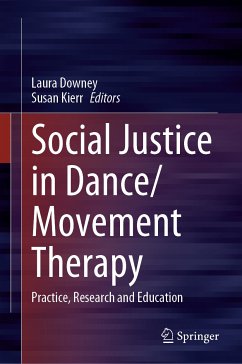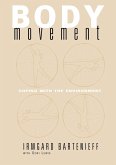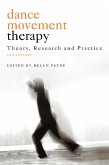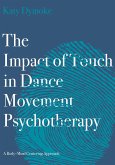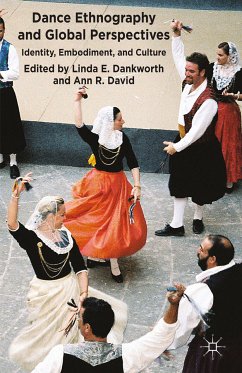This book demonstrates the use of dance/movement therapy to directly counteract social injustices and promote healing in international settings. It also demonstrates the potential for dance/movement therapy in prevention and wellness in clinical and community settings. The use of improvisational and creative dance is presented throughout the issue as a tremendously clear, strong and powerful inroad to healing in every setting. The chapters in this book do not directly address social justice in dance/movement therapy, but rather provide provoking social justice related positions. This call for a provoking re-examination of the definition of dance/movement therapy is fitting as we-as a community-challenge our identity as dance/movement therapists, educators, supervisors and as human beings who have internalized oppression in various forms through our many identifiers and the unique intersections of those identifiers. The editors and authors posit that social justice cannot be fully addressed by focusing solely on the social issues. Rather, we must be aware of where and how the social issues come into the individual(s), the setting, and the therapy process itself.
Chapter "'Breaking Free': One Adolescent Woman's Recovery from Dating Violence Through Creative Dance" is available open access under a Creative Commons Attribution 4.0 International license via link.springer.com.
Dieser Download kann aus rechtlichen Gründen nur mit Rechnungsadresse in A, B, BG, CY, CZ, D, DK, EW, E, FIN, F, GR, HR, H, IRL, I, LT, L, LR, M, NL, PL, P, R, S, SLO, SK ausgeliefert werden.

